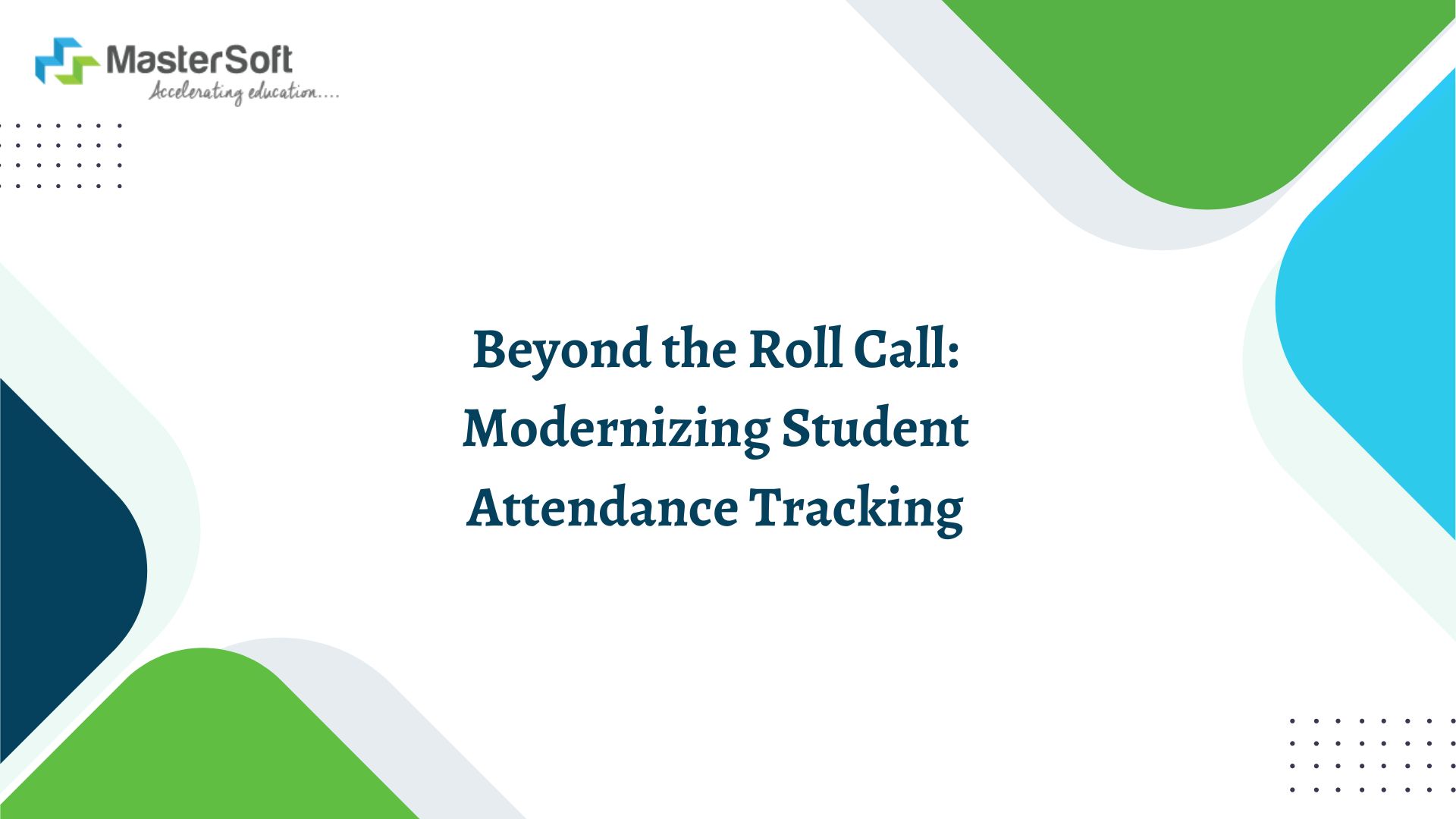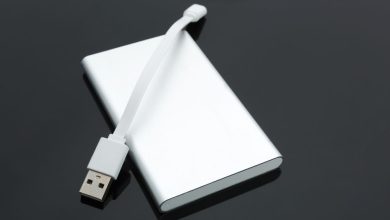In the rapidly evolving landscape of education, where technology is reshaping every aspect of the learning process, traditional practices are being reimagined to enhance efficiency and effectiveness. One such area that has seen significant transformation is student attendance tracking. Beyond the old-fashioned roll call, innovative methods and technological solutions are revolutionizing how schools and institutions monitor student attendance, offering benefits that extend far beyond the classroom door.
Gone are the days of manual attendance taking, where educators would spend valuable class time calling out names and checking them off on a sheet. Modernizing student tracking involves harnessing the power of technology to streamline the process and provide educators, administrators, and students with valuable insights. Here’s a closer look at how this transformation is taking place:
Modernizing Student Attendance Tracking
- Digital Attendance Platforms:
With the widespread availability of smartphones and laptops, many schools and universities have adopted digital platforms. These platforms allow students to mark their electronically through a dedicated app or online portal. This not only reduces the time spent on attendance but also eliminates errors caused by illegible handwriting or miscommunication.
- Biometric Solutions: Biometric attendance system tracking, which involves using fingerprint or facial recognition technology, offers a highly accurate and efficient way to record attendance. Students simply need to scan their biometric data to mark their presence. This method ensures that only the authorized student can record their attendance, reducing the possibility of proxy.
- RFID Technology: Radio Frequency Identification (RFID) technology involves issuing RFID cards or tags to students. These cards can be scanned upon entry to the classroom or campus, automatically registering their attendance. This method is not only convenient but also allows for real-time tracking of students within the premises.
- Beacon Technology: Beacons are small, Bluetooth-enabled devices that can be strategically placed around campus. When students with corresponding apps on their smartphones enter the range of a beacon, their attendance is automatically recorded. This technology enables institutions to gather data on student movement patterns as well.
- Data Analytics and Insights: Modern tracking systems are not just about recording presence; they also generate valuable data. By analyzing this data, educators and administrators can identify attendance trends, potential dropout risks, and even insights into the effectiveness of their teaching methods. Data-driven decisions can then be made to improve student engagement and success.
- Automation and Integration: Advanced attendance tracking systems can be integrated with other educational software and learning management systems. This integration facilitates the seamless sharing of attendance data with teachers, students, and parents, enhancing communication and collaboration among stakeholders.
- Flexibility for Remote Learning: The rise of remote and hybrid learning models necessitates attendance tracking solutions that can adapt to various settings. Many modern systems offer options for remote attendance tracking, enabling students to mark their presence even when participating in virtual classes.
- Enhanced Student Engagement: When tracking becomes more automated. Less intrusive, students can focus more on learning rather than mundane administrative tasks. Additionally, some systems offer rewards or gamification elements for consistent, motivating students to attend classes regularly.
- Safeguarding Student Privacy: As with any technological advancement, concerns about data privacy and security arise. It’s crucial for institutions to implement robust security measures to protect student data and ensure compliance with relevant regulations.
In conclusion, modernizing student tracking goes beyond the traditional roll call, offering institutions a plethora of benefits. From saving valuable class time to generating insightful data for decision-making, these innovative solutions are transforming the educational landscape. As technology continues to evolve, the future of attendance tracking is likely to see even more integration with. Educational technologies, further enhancing the overall learning experience for both educators and students.




